 Economists are often criticised for making inaccurate forecasts and for making false assumptions. Their analysis is frequently dismissed by politicians when it contradicts their own views.
Economists are often criticised for making inaccurate forecasts and for making false assumptions. Their analysis is frequently dismissed by politicians when it contradicts their own views.
But is this fair? Have economists responded to the realities of the global economy and to the behaviour of people, firms, institutions and government as they respond to economic circumstances? The answer is a qualified yes.
Behavioural economics is increasingly challenging the simple assumption that people are ‘rational’, in the sense that they maximise their self interest by weighing up the marginal costs and benefits of alternatives open to them. And macroeconomic models are evolving to take account of a range of drivers of global growth and the business cycle.
 The linked article and podcast below look at the views of 2019 Nobel Prize-winning economist Esther Duflo. She has challenged some of the traditional assumptions of economics about the nature of rationality and what motivates people. But her work is still very much in the tradition of economists. She examines evidence and sees how people respond to incentives and then derives policy implications from the analysis.
The linked article and podcast below look at the views of 2019 Nobel Prize-winning economist Esther Duflo. She has challenged some of the traditional assumptions of economics about the nature of rationality and what motivates people. But her work is still very much in the tradition of economists. She examines evidence and sees how people respond to incentives and then derives policy implications from the analysis.
Take the case of the mobility of labour. She examines why people who lose their jobs may not always move to a new one if it’s in a different town. Partly this is for financial reasons – moving is costly and housing may be more expensive where the new job is located. Partly, however, it is for reasons of identity. Many people are attached to where they currently live. They may be reluctant to leave family and friends and familiar surroundings and hope that a new job will turn up – even if it means a cut in wages. This is not irrational; it just means that people are driven by more than simply wages.
Duflo is doing what economists typically do – examining behaviour in the light of evidence. In her case, she is revisiting the concept of rationality to take account of evidence on what motivates people and the way they behave.
 In the light of workers’ motivation, she considers the implications for the gains from trade. Is free trade policy necessarily desirable if people lose their jobs because of cheap imports from China and other developing countries where labour costs are low?
In the light of workers’ motivation, she considers the implications for the gains from trade. Is free trade policy necessarily desirable if people lose their jobs because of cheap imports from China and other developing countries where labour costs are low?
The answer is not a clear yes or no, as import-competing industries are only part of the story. If protectionist policies are pursued, other countries may retaliate with protectionist policies themselves. In such cases, people working in the export sector may lose their jobs.
She also looks at how people may respond to a rise or cut in tax rates. Again the answer is not clear cut and an examination of empirical evidence is necessary to devise appropriate policy. Not only is there an income and substitution effect from tax changes, but people are motivated to work by factors other than take-home pay. Likewise, firms are encouraged to invest by factors other than the simple post-tax profitability of investment.
Podcast
Article
Questions
- In traditional ‘neoclassical’ economics, what is meant by ‘rationality’ in terms of (a) consumer behaviour; (b) producer behaviour?
- How might the concept of rationality be expanded to take into account a whole range of factors other than the direct costs and benefits of a decision?
- What is meant by bounded rationality?
- What would be the effect on workers’ willingness to work more or fewer hours as a result of a cut in the marginal income tax rate if (a) the income effect was greater than the substitution effect; (b) the substitution effect was greater than the income effect? Would your answers to (a) and (b) be the opposite in the case of a rise in the marginal income tax rate?
- Give some arguments that you consider to be legitimate for imposing controls on imports in (a) the short run; (b) the long run. How might you counter these arguments from a free-trade perspective?
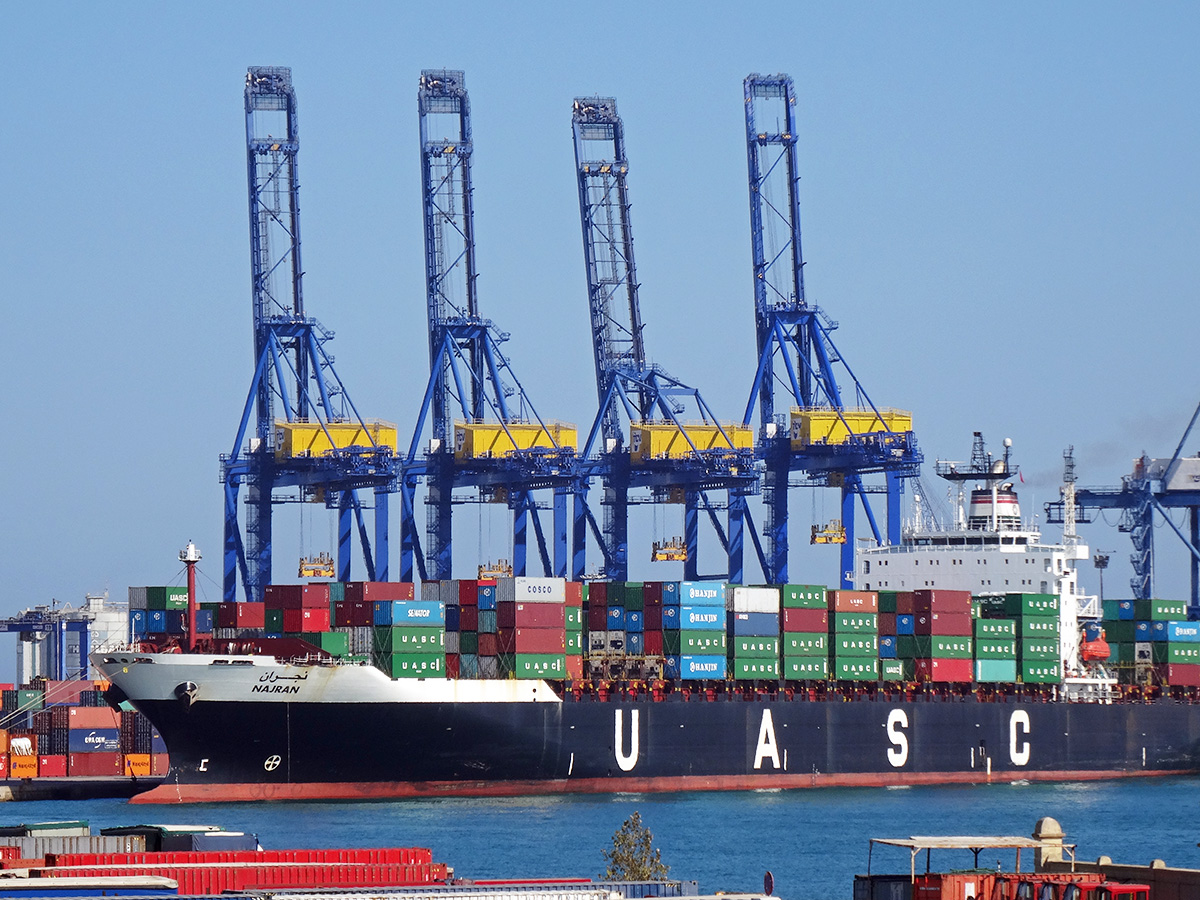 On 21st February 2019, the Department for International Trade (DIT) published a document outlining the UK’s progress in negotiating new free trade agreements (FTAs) with a number of non-EU countries. It advises UK firms that FTAs with Turkey and Japan will not be finalised before the official exit day from the European Union – 29th March 2019. Many business groups expressed concern at this news.
On 21st February 2019, the Department for International Trade (DIT) published a document outlining the UK’s progress in negotiating new free trade agreements (FTAs) with a number of non-EU countries. It advises UK firms that FTAs with Turkey and Japan will not be finalised before the official exit day from the European Union – 29th March 2019. Many business groups expressed concern at this news.
The EU has successfully negotiated a number of FTAs. These deals enable all 28 states in the European Union Custom Union (EU-CU), including the UK, to trade at preferential (i.e. lower) tariffs with over 70 non-EU countries. These include Canada, South Korea, Mexico, Israel, Norway, South Africa and Turkey. Research by the CBI estimates that UK exports to these countries were approximately £41bn in 2017 – approximately 13 per cent of all UK exports. In July 2018, the EU signed its largest ever FTA – with Japan. This deal covers 635 million people.
 If the UK leaves the European Union without a deal on the 29th March, then it immediately loses membership of the EU-CU. Preferential tariffs will no longer apply to trade between the UK and the non-EU countries which signed the FTAs. Without any new arrangements in place, tariffs and quotas will revert to the non-preferential (i.e. higher) rates outlined in registered schedules with the World Trade Organization.
If the UK leaves the European Union without a deal on the 29th March, then it immediately loses membership of the EU-CU. Preferential tariffs will no longer apply to trade between the UK and the non-EU countries which signed the FTAs. Without any new arrangements in place, tariffs and quotas will revert to the non-preferential (i.e. higher) rates outlined in registered schedules with the World Trade Organization.
Given the economic significance of this trade, the UK government has spent the past two years trying to negotiate new FTAs to replace those previously agreed by the EU. For example, on February 11th, the government announced that it had signed a ‘continuity agreement’ with Switzerland covering trade worth £32bn per year. Deals have also been finalised with Chile, Israel, and the Faroe Islands that replicate the terms of the EU agreements. However, government officials informed 30 business groups in early February that it was highly unlikely that most of the new replacement FTAs would be concluded in time for March 29th.
The document published by the DIT on the 21st February confirms this position and describes the current status of most of the new FTAs as:
Engagement ongoing
For both Japan and Turkey, the outlook is more negative. The guidance states:
We will not transition this agreement for exit day.
The head of EU negotiations at the CBI commented that:
We are really concerned that firms could be blindsided by this.
The government stated that it would significantly increase the resources devoted to the trade negotiations and expected to sign more deals over the next couple of weeks.
If the UK leaves the EU on the 29th March with a deal, then it remains in the EU-CU during the 21-month transition period. Trade will still be covered by the 40 existing EU deals. This gives UK officials until the end of December 2020 to conclude a new set of FTAs.
Articles
Government information
Questions
- Using a demand and supply diagram, illustrate the impact of tariffs on imported goods.
- The EU is perhaps the most famous example of a customs union. Find out some other examples.
- Discuss some of the potential disadvantages of free trade.
- Discuss some of the advantages and disadvantages of the UK remaining in the European Union Custom Union.
- What is a ‘registered schedule’ at the World Trade Organization?

Late January sees the annual global World Economic Forum meeting of politicians, businesspeople and the great and the good at Davos in Switzerland. Global economic, political, social and environmental issues are discussed and, sometimes, agreements are reached between world leaders. The 2019 meeting was somewhat subdued as worries persist about a global slowdown, Brexit and the trade war between the USA and China. Donald Trump, Xi Jinping, Vladimir Putin and Theresa May were all absent, each having more pressing issues to attend to at home.
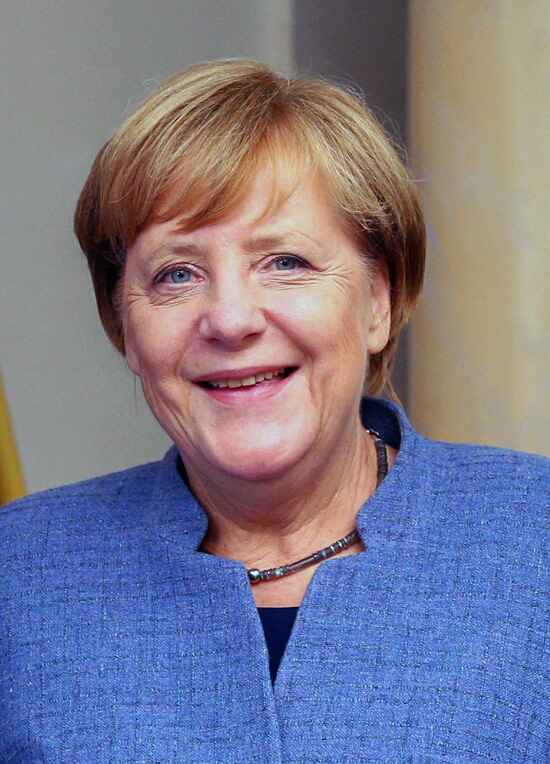 There was, however, a feeling that the world economic order is changing, with the rise in populism and with less certainty about the continuance of the model of freer trade and a model of capitalism modified by market intervention. There was also concern about the roles of the three major international institutions set up at the end of World War II: the IMF, the World Bank and the WTO (formerly the GATT). In a key speech, Angela Merkel urged countries not to abandon the world economic order that such institutions help to maintain. The world can only resolve disputes and promote development, she argued, by co-operating and respecting the role of such institutions.
There was, however, a feeling that the world economic order is changing, with the rise in populism and with less certainty about the continuance of the model of freer trade and a model of capitalism modified by market intervention. There was also concern about the roles of the three major international institutions set up at the end of World War II: the IMF, the World Bank and the WTO (formerly the GATT). In a key speech, Angela Merkel urged countries not to abandon the world economic order that such institutions help to maintain. The world can only resolve disputes and promote development, she argued, by co-operating and respecting the role of such institutions.
But the role of these institutions has been a topic of controversy for many years and their role has changed somewhat. Originally, the IMF’s role was to support an adjustable peg exchange rate system (the ‘Bretton Woods‘ system) with the US dollar as the international reserve currency. It would lend to countries in balance of payments deficit to allow them to maintain their rate pegged to the dollar unless it was perceived to be a fundamental deficit, in which case they were expected to devalue their currency. The system collapsed in 1971, but the IMF continued to provide short-term, and sometimes longer-term, finance to countries in balance of payments difficulties.
 The World Bank was primarily set up to provide development finance to poorer countries. The General Agreement on Tariffs and Trade (GATT) and then the WTO were set up to encourage freer trade and to resolve trade disputes.
The World Bank was primarily set up to provide development finance to poorer countries. The General Agreement on Tariffs and Trade (GATT) and then the WTO were set up to encourage freer trade and to resolve trade disputes.
However, the institutions were perceived with suspicion by many developing countries and by more left-leaning developed countries, who saw them as part of the ‘Washington consensus’. Loans from the IMF and World Bank were normally contingent on countries pursuing policies of market liberalisation, financial deregulation and privatisation.
Although there has been some movement, especially by the IMF, towards acknowledging market failures and supporting a more broadly-based development, there are still many economists and commentators calling for more radical reform of these institutions. They advocate that the World Bank and IMF should directly support investment – public as well as private – and support the Green New Deal.
Articles
Address
Questions
- What was the Bretton Woods system that was adopted at the end of World War II?
- What did Keynes propose as an alternative to the system that was actually adopted?
- Explain the roles of (a) the IMF, (b) the World Bank, (c) the WTO (formerly the GATT).
- What is meant by an adjustable exchange rate system?
- Why did the Bretton Woods system collapse in 1971?
- How have the roles of the IMF, World Bank and WTO/GATT evolved since they were founded?
- What reforms would you suggest to each of the three institutions and why?
- What threats are there currently to the international economic order?
- Summarise the arguments about the world economic order made by Angela Merkel in her address to the World Economic Forum.
 Donald Trump has threatened to pull out of the World Trade Organization. ‘If they don’t shape up, I would withdraw from the WTO,’ he said. He argues that the USA is being treated very badly by the WTO and that the organisation needs to ‘change its ways’.
Donald Trump has threatened to pull out of the World Trade Organization. ‘If they don’t shape up, I would withdraw from the WTO,’ he said. He argues that the USA is being treated very badly by the WTO and that the organisation needs to ‘change its ways’.
Historically, the USA has done relatively well compared with other countries in trade disputes brought to the WTO. However, President Trump does not like being bound by an international organisation which prohibits the unilateral imposition of tariffs that are not in direct retaliation against a trade violation by other countries. Such tariffs have been imposed by the Trump administration on steel and aluminium imports. This has led to retaliatory tariffs on US imports by the EU, China and Canada – something that is permitted under WTO rules.
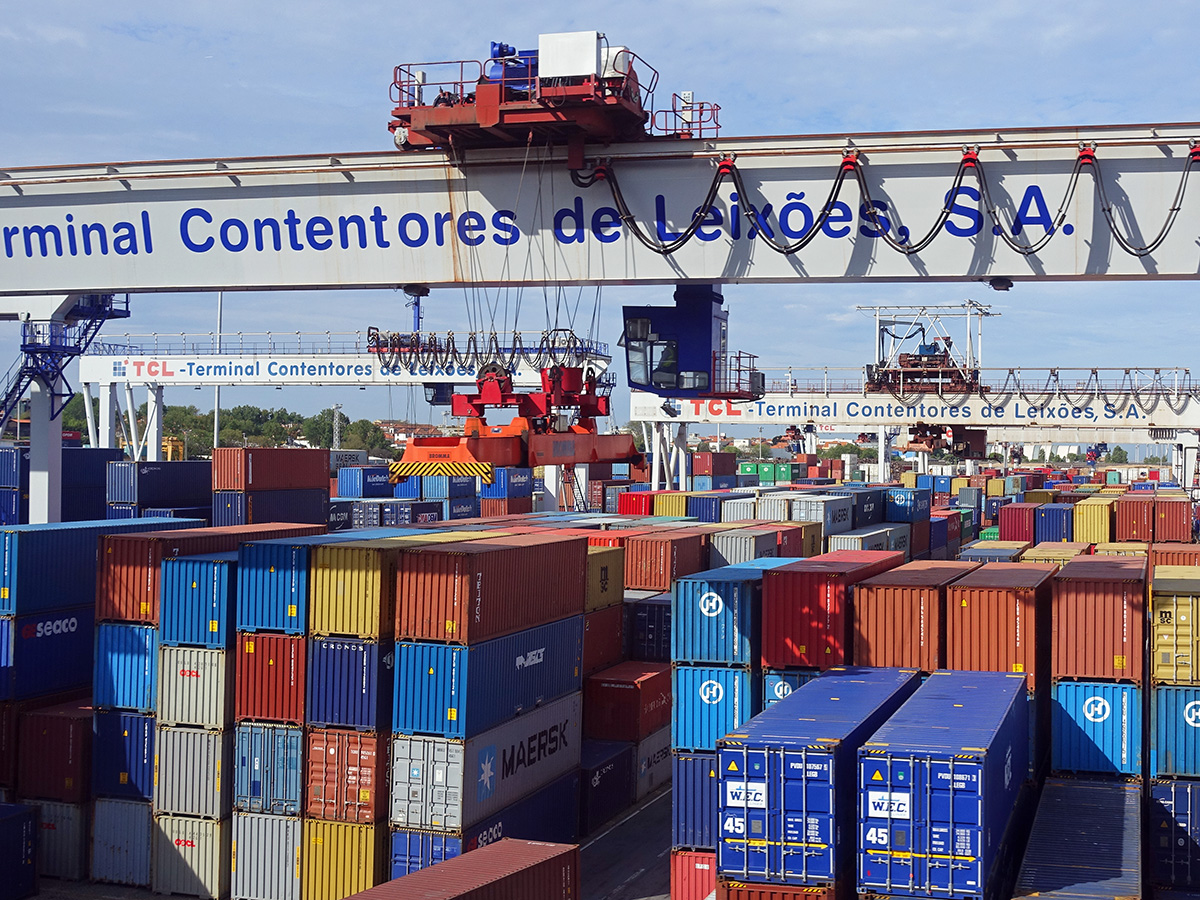 Whether or not the USA does withdraw from the WTO, Trump’s threats bring into question the power of the WTO and other countries’ compliance with WTO rules. With the rise in protectionist sentiments around the world, the power of the WTO would seem to be on the wane.
Whether or not the USA does withdraw from the WTO, Trump’s threats bring into question the power of the WTO and other countries’ compliance with WTO rules. With the rise in protectionist sentiments around the world, the power of the WTO would seem to be on the wane.
Even if the USA does not withdraw from the WTO, it is succeeding in weakening the organisation. Appeals cases have to be heard by an ‘appellate body’, consisting of at least three judges drawn from a list of seven, each elected for four years. But the USA has the power to block new appointees – and has done so. As Larry Elliott states in the first article below:
The list of judges is already down to four and will be down to the minimum of three when the Mauritian member, Shree Baboo Chekitan Servansing, retires at the end of September. Two more members will go by the end of next year, at which point the appeals process will come to a halt.
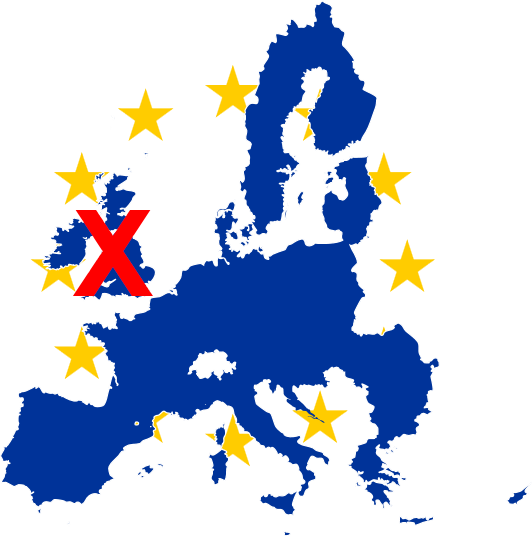 This raises the question of the implication of a ‘no-deal’ Brexit – something that seems more likely as the UK struggles to reach a trade agreement with the EU. Leaving without a deal would mean ‘reverting to WTO rules’. But if these rules are being ignored by powerful countries such as the USA and possibly China, and if the appeals procedure has ground to a halt, this could leave the UK without the safety net of international trade rules. Outside the EU – the world’s most powerful trade bloc – the UK could find itself having to accept poor trade terms with the USA and other large countries.
This raises the question of the implication of a ‘no-deal’ Brexit – something that seems more likely as the UK struggles to reach a trade agreement with the EU. Leaving without a deal would mean ‘reverting to WTO rules’. But if these rules are being ignored by powerful countries such as the USA and possibly China, and if the appeals procedure has ground to a halt, this could leave the UK without the safety net of international trade rules. Outside the EU – the world’s most powerful trade bloc – the UK could find itself having to accept poor trade terms with the USA and other large countries.
Articles
Information
Questions
- Explain the WTO’s ‘Most-favoured-nation (MFN)’ clause. How would this affect trade deals between the UK and the EU?
- Would the trade deals that the EU has negotiated with other countries, such as Japan, be available to the UK after leaving the EU?
- Demonstrate how, according to the law of comparative advantage, all countries can gain from trade.
- In what ways is the USA likely to gain and lose from the imposition of tariffs on steel and aluminium?
- How could a country that supports free trade ever support the imposition of tariffs?
- Why are tariffs not the most serious restriction on trade?

Since running for election, Donald Trump has vowed to ‘put America first’. One of the economic policies he has advocated for achieving this objective is the imposition of tariffs on imports which, according to him, unfairly threaten American jobs. On March 8 2018, he signed orders to impose new tariffs on metal imports. These would be 25% on steel and 10% on aluminium.
His hope is that, by cutting back on imports of steel and aluminium, the tariffs could protect the domestic industries which are facing stiff competition from the EU, South Korea, Brazil, Japan and China. They are also facing competition from Canada and Mexico, but these would probably be exempt provided negotiations on the revision of NAFTA rules goes favourably for the USA.
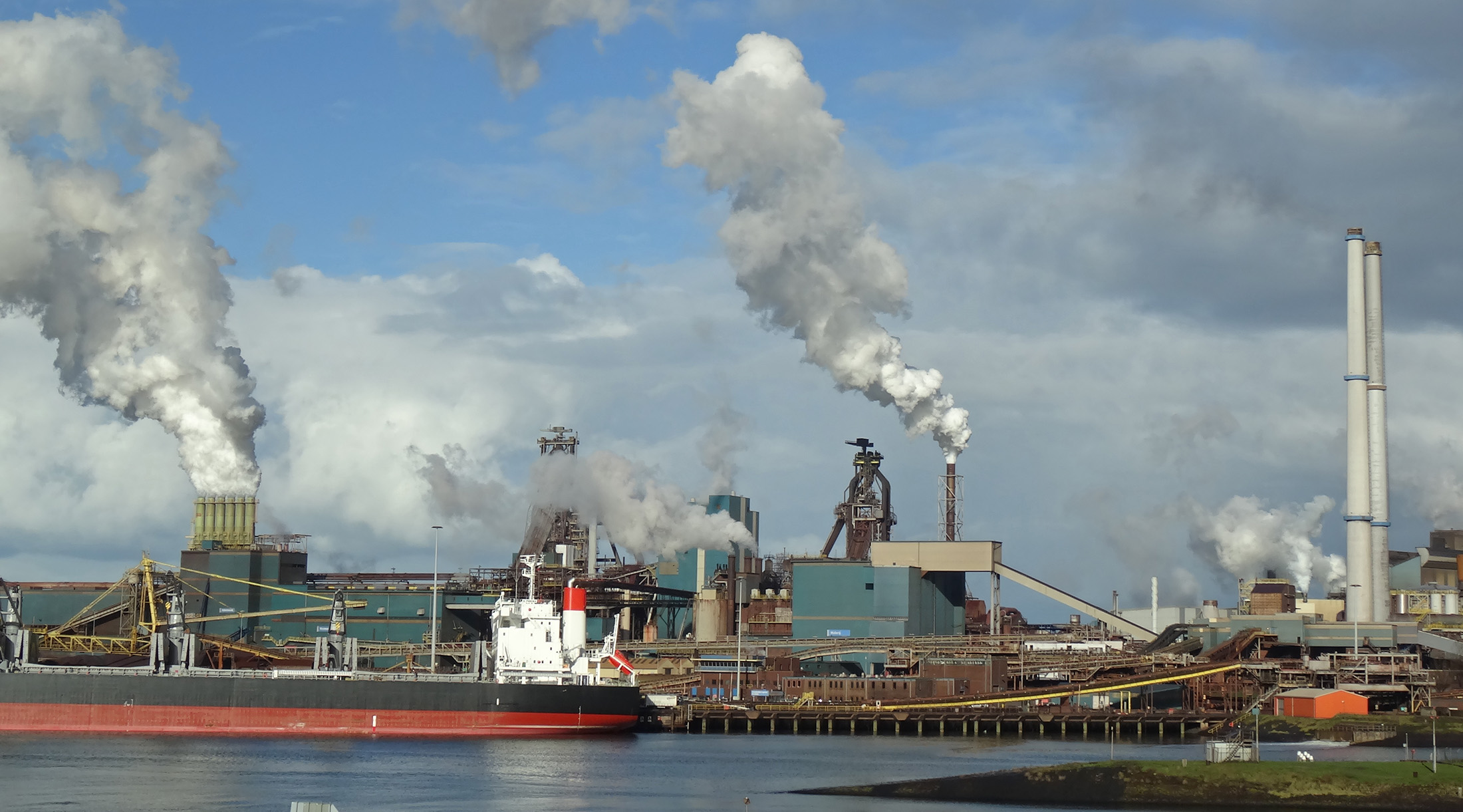 Assuming there were no retaliation from other countries, jobs would be gained in the steel and aluminium industries. According to a report by The Trade Partnership (see link below), the tariffs would increase employment in these industries by around 33 000. However, the higher price of these metals would cause job losses in the industries using them. In fact, according to the report, more than five jobs would be lost for every one gained. The CNN Money article linked below gives example of the US industries that will be hit.
Assuming there were no retaliation from other countries, jobs would be gained in the steel and aluminium industries. According to a report by The Trade Partnership (see link below), the tariffs would increase employment in these industries by around 33 000. However, the higher price of these metals would cause job losses in the industries using them. In fact, according to the report, more than five jobs would be lost for every one gained. The CNN Money article linked below gives example of the US industries that will be hit.
But the costs are likely to be much greater than this. Accorinding to the law of comparative advantage, trade is a positive-sum game, with a net gain to all parties engaged in trade. Unless trade restrictions are used to address a specific market distortion in the trade process itself, restricting trade will lead to a net loss in overall benefit to the parties involved.
Clearly there will be loss to steel and aluminium exporters outside the USA. There will also be a net loss to their countries unless these metals had a higher cost of production than in the USA, but were subsidised by governments so that they could be exported profitably.
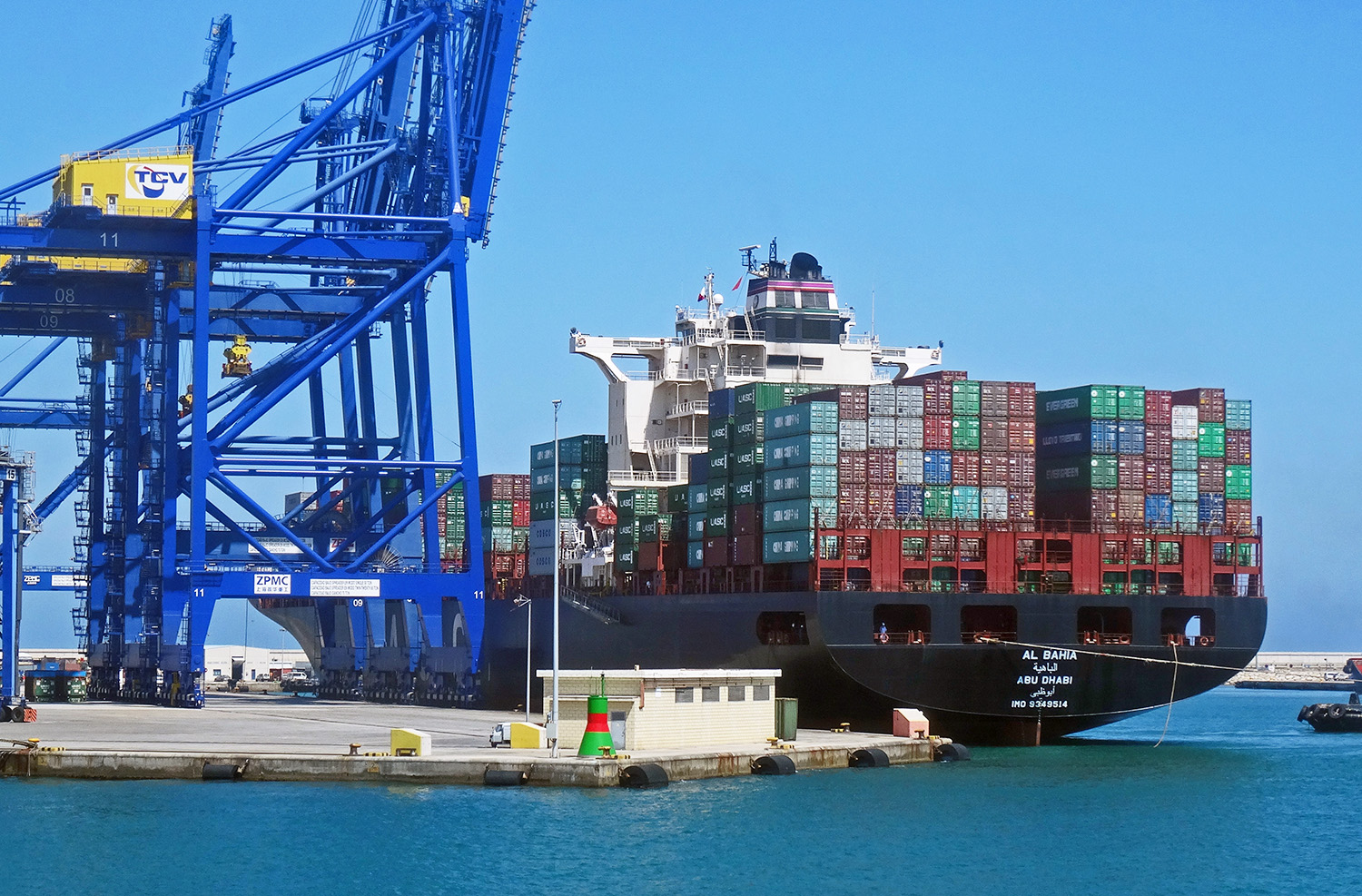 But perhaps the biggest cost will arise from possible retaliation by other countries. A trade war would compound the net losses as the world moves further from trade based on comparative advantage.
But perhaps the biggest cost will arise from possible retaliation by other countries. A trade war would compound the net losses as the world moves further from trade based on comparative advantage.
Already, many countries are talking about retaliation. For example, the EU is considering a ‘reciprocal’ tariff of 25% on cranberries, bourbon and Harley-Davidsons, all produced in politically sensitive US states (see the first The Economist article below). ‘As Jean-Claude Juncker, president of the European Commission, puts it, “We can also do stupid”.’ In fact, this is quite a politically astute move to put pressure on Mr Trump.
But cannot countries appeal to the WTO? Possibly, but this route might take some time. What is more, the USA has attempted to get around WTO rules by justifying the tariffs on ‘national security’ grounds – something allowed under Article XXI of WTO rules, provided it can be justified. This could possibly deter countries from retaliating, but it is probably unlikely. In the current climate, there seems to be a growing mood for flouting, or at least loosely interpreting, WTO rules.
Articles
- Trump Authorizes Tariffs, Defying Allies at Home and Abroad
The New York Times, Peter Baker and Ana Swanson (8/3/18)
- Trump has been playing right into China’s hands
The Washington Post, Catherine Rampell (8/3/18)
- These American companies could be hurt by Trump’s tariffs
CNN Money, Julia Horowitz (8/3/18)
- Donald Trump signs order for metals tariff plan, prompting fears of trade war
The Guardian, Dominic Rushe (8/3/18)
- Trump’s Trade Wars, China Inc’.s Globalization Plan And The CPTPP — What’s Next?
Forbes, Alex Capri (8/3/18)
- A tariffically bad idea: The looming global trade war
The Economist (8/3/18)
- The threat to world trade: The rules-based system is in grave danger
The Economist (8/3/18)
- America’s allies will bear the brunt of Trump’s trade protectionism
The Conversation, Remy Davison (2/3/18)
- The war over steel: Trump tips global trade into new turmoil
The Observer, Phillip Inman (10/3/18)
Report
Questions
- Explain how, by countries specialising in goods in which they have a comparative advantage, all countries can gain.
- Can tariffs or other trade restrictions ever be justified? Explain.
- Is there any economic justification for the US tariffs of 25% on steel and 10% on aluminium?
- Can putting tariffs on US imports be justified by countries whose steel and/or aluminium industires are faced with US tariffs?
- Can trade wars be won? Explain.
 Economists are often criticised for making inaccurate forecasts and for making false assumptions. Their analysis is frequently dismissed by politicians when it contradicts their own views.
Economists are often criticised for making inaccurate forecasts and for making false assumptions. Their analysis is frequently dismissed by politicians when it contradicts their own views.  The linked article and podcast below look at the views of 2019 Nobel Prize-winning economist Esther Duflo. She has challenged some of the traditional assumptions of economics about the nature of rationality and what motivates people. But her work is still very much in the tradition of economists. She examines evidence and sees how people respond to incentives and then derives policy implications from the analysis.
The linked article and podcast below look at the views of 2019 Nobel Prize-winning economist Esther Duflo. She has challenged some of the traditional assumptions of economics about the nature of rationality and what motivates people. But her work is still very much in the tradition of economists. She examines evidence and sees how people respond to incentives and then derives policy implications from the analysis. In the light of workers’ motivation, she considers the implications for the gains from trade. Is free trade policy necessarily desirable if people lose their jobs because of cheap imports from China and other developing countries where labour costs are low?
In the light of workers’ motivation, she considers the implications for the gains from trade. Is free trade policy necessarily desirable if people lose their jobs because of cheap imports from China and other developing countries where labour costs are low?  Trade may not lift a lot of new people out of poverty
Trade may not lift a lot of new people out of poverty On 21st February 2019, the Department for International Trade (DIT) published a document outlining the UK’s progress in negotiating new free trade agreements (FTAs) with a number of non-EU countries. It advises UK firms that FTAs with Turkey and Japan will not be finalised before the official exit day from the European Union – 29th March 2019. Many business groups expressed concern at this news.
On 21st February 2019, the Department for International Trade (DIT) published a document outlining the UK’s progress in negotiating new free trade agreements (FTAs) with a number of non-EU countries. It advises UK firms that FTAs with Turkey and Japan will not be finalised before the official exit day from the European Union – 29th March 2019. Many business groups expressed concern at this news. If the UK leaves the European Union without a deal on the 29th March, then it immediately loses membership of the EU-CU. Preferential tariffs will no longer apply to trade between the UK and the non-EU countries which signed the FTAs. Without any new arrangements in place, tariffs and quotas will revert to the non-preferential (i.e. higher) rates outlined in registered schedules with the World Trade Organization.
If the UK leaves the European Union without a deal on the 29th March, then it immediately loses membership of the EU-CU. Preferential tariffs will no longer apply to trade between the UK and the non-EU countries which signed the FTAs. Without any new arrangements in place, tariffs and quotas will revert to the non-preferential (i.e. higher) rates outlined in registered schedules with the World Trade Organization.
 There was, however, a feeling that the world economic order is changing, with the rise in populism and with less certainty about the continuance of the model of freer trade and a model of capitalism modified by market intervention. There was also concern about the roles of the three major international institutions set up at the end of World War II: the IMF, the World Bank and the WTO (formerly the GATT). In a key speech, Angela Merkel urged countries not to abandon the world economic order that such institutions help to maintain. The world can only resolve disputes and promote development, she argued, by co-operating and respecting the role of such institutions.
There was, however, a feeling that the world economic order is changing, with the rise in populism and with less certainty about the continuance of the model of freer trade and a model of capitalism modified by market intervention. There was also concern about the roles of the three major international institutions set up at the end of World War II: the IMF, the World Bank and the WTO (formerly the GATT). In a key speech, Angela Merkel urged countries not to abandon the world economic order that such institutions help to maintain. The world can only resolve disputes and promote development, she argued, by co-operating and respecting the role of such institutions.  The World Bank was primarily set up to provide development finance to poorer countries. The General Agreement on Tariffs and Trade (GATT) and then the WTO were set up to encourage freer trade and to resolve trade disputes.
The World Bank was primarily set up to provide development finance to poorer countries. The General Agreement on Tariffs and Trade (GATT) and then the WTO were set up to encourage freer trade and to resolve trade disputes. Whether or not the USA does withdraw from the WTO, Trump’s threats bring into question the power of the WTO and other countries’ compliance with WTO rules. With the rise in protectionist sentiments around the world, the power of the WTO would seem to be on the wane.
Whether or not the USA does withdraw from the WTO, Trump’s threats bring into question the power of the WTO and other countries’ compliance with WTO rules. With the rise in protectionist sentiments around the world, the power of the WTO would seem to be on the wane. This raises the question of the implication of a ‘no-deal’ Brexit – something that seems more likely as the UK struggles to reach a trade agreement with the EU. Leaving without a deal would mean ‘reverting to WTO rules’. But if these rules are being ignored by powerful countries such as the USA and possibly China, and if the appeals procedure has ground to a halt, this could leave the UK without the safety net of international trade rules. Outside the EU – the world’s most powerful trade bloc – the UK could find itself having to accept poor trade terms with the USA and other large countries.
This raises the question of the implication of a ‘no-deal’ Brexit – something that seems more likely as the UK struggles to reach a trade agreement with the EU. Leaving without a deal would mean ‘reverting to WTO rules’. But if these rules are being ignored by powerful countries such as the USA and possibly China, and if the appeals procedure has ground to a halt, this could leave the UK without the safety net of international trade rules. Outside the EU – the world’s most powerful trade bloc – the UK could find itself having to accept poor trade terms with the USA and other large countries.
 Assuming there were no retaliation from other countries, jobs would be gained in the steel and aluminium industries. According to a report by The Trade Partnership (see link below), the tariffs would increase employment in these industries by around 33 000. However, the higher price of these metals would cause job losses in the industries using them. In fact, according to the report, more than five jobs would be lost for every one gained. The CNN Money article linked below gives example of the US industries that will be hit.
Assuming there were no retaliation from other countries, jobs would be gained in the steel and aluminium industries. According to a report by The Trade Partnership (see link below), the tariffs would increase employment in these industries by around 33 000. However, the higher price of these metals would cause job losses in the industries using them. In fact, according to the report, more than five jobs would be lost for every one gained. The CNN Money article linked below gives example of the US industries that will be hit. But perhaps the biggest cost will arise from possible retaliation by other countries. A trade war would compound the net losses as the world moves further from trade based on comparative advantage.
But perhaps the biggest cost will arise from possible retaliation by other countries. A trade war would compound the net losses as the world moves further from trade based on comparative advantage.